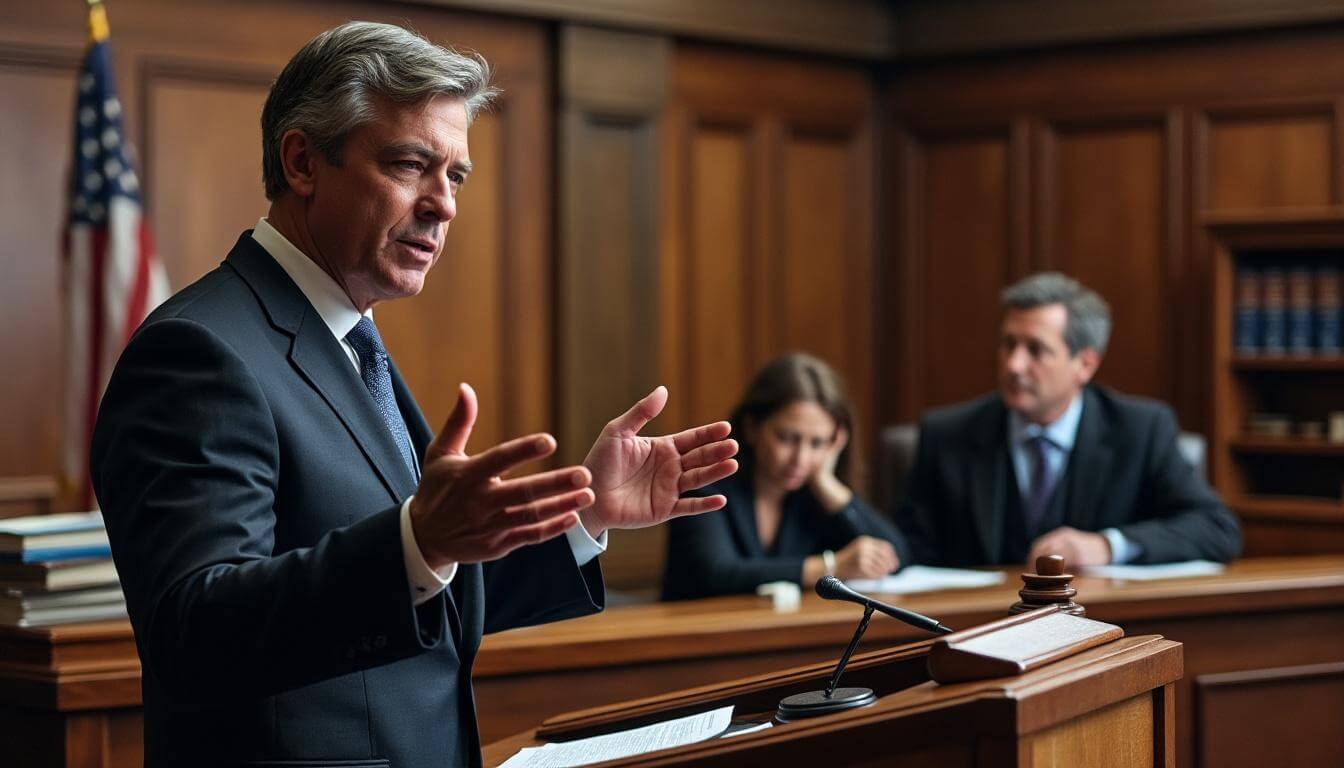In a notable legal development, the renowned artist Cent is seeking to terminate a $20 million lawsuit by urging the court to revisit a bankruptcy case from 2015. This motion highlights complex intersections between personal injury claims and bankruptcy proceedings, illustrating how past financial litigations can influence current legal challenges. Such cases underscore the critical importance of understanding one’s rights and the judicial mechanisms that govern claims of personal injury, especially when large sums and prior bankruptcy filings are involved.
How Cent’s Request to Dismiss $20 Million Lawsuit Relates to 2015 Bankruptcy Case
Cent’s legal team has filed a motion requesting the court to reconsider the 2015 bankruptcy proceedings that might invalidate the current personal injury lawsuit valued at $20 million. The core of this case involves a woman’s claim alleging personal injury damages, which Cent argues should be dismissed based on the prior bankruptcy judgment.
- Review of Bankruptcy Protection: The 2015 Chapter 11 filing allowed Cent to reorganize debts and protect certain assets.
- Impact on Personal Injury Claims: Creditors’ claims, including injury lawsuits, may be barred or dismissed due to the discharge from bankruptcy.
- Legal Precedence: Past court findings from the bankruptcy case are being used as a foundation to challenge the validity of the current claim.
This strategy emphasizes the interconnected nature of bankruptcy and personal injury law, demonstrating how claims must be assessed in light of historical financial rulings. For individuals involved in injury lawsuits, understanding the limits of claims post-bankruptcy is vital. More about the personal injury claims process can be found in dedicated legal guides.
Legal Complexities in Dismissing Personal Injury Claims Following Bankruptcy
Bankruptcy cases introduce unique challenges in personal injury lawsuits. Once a bankruptcy court has issued certain rulings, affected parties must navigate these decisions carefully to assert or defend their claims.
- Claim Validity Verification: The court investigates whether the personal injury claim was adequately disclosed during bankruptcy.
- Statute of Limitations Considerations: Timelines for filing claims can be affected by bankruptcy proceedings.
- Reopening Bankruptcy Cases: Courts may consider reopening older bankruptcy filings to reassess claims if new evidence or disputes emerge.
Legal experts advise consulting specialized attorneys to navigate these complexities effectively. For further insights on managing injury claims after accidents, see steps to take after car accidents.
Implications of Cent’s Lawsuit on Future Personal Injury and Bankruptcy Cases
The motion filed by Cent could set precedents regarding the intersection of bankruptcy protections and personal injury lawsuits, potentially influencing how courts handle similar situations involving significant financial claims in 2025 and beyond.
- Reaffirmation of Bankruptcy Protections: Successful dismissal could reinforce how bankruptcy discharges limit subsequent personal injury claims.
- Guidance for Claimants: Individuals pursuing injury claims must be aware of their legal standing if the defendant has a bankruptcy history.
- Judicial Efficiency: Revisiting old bankruptcy cases can streamline or complicate current litigation depending on case specifics.
Understanding these dynamics is essential for anyone facing lawsuits involving personal injury. Software of reliable legal knowledge can be accessed at medical malpractice insurance insights, providing additional context on related injury claims.
Steps for Claimants and Defendants Navigating Personal Injury Lawsuits Amid Bankruptcy
When personal injury claims intersect with prior bankruptcy cases, both claimants and defendants must approach the case meticulously.
- Review Bankruptcy Disclosures Thoroughly: Examine if the claim was included in previous bankruptcy filings.
- Gather Comprehensive Evidence: Collect all documents relating to injury, damages, and financial history to support or rebut claims.
- Consult Experienced Legal Counsel: Engage specialists in personal injury and bankruptcy law for tailored representation.
- Monitor Court Hearings Closely: Stay updated on motions and potential reopening of bankruptcy cases influencing the claim.
Claimants unsure of their position may find guidance in choosing the right personal injury lawyer. Defendants can also benefit from understanding legal strategies to request dismissal effectively.
FAQ about Personal Injury Lawsuits and Bankruptcy Cases
- Can previous bankruptcy filings dismiss a personal injury lawsuit?
Yes, if the injury claim was included or should have been disclosed in the bankruptcy case, courts may dismiss subsequent lawsuits based on discharge protections. - What is the process to request the court to revisit a bankruptcy case?
A motion to reopen the bankruptcy case can be filed presenting new facts or arguing that a claim was improperly handled previously. - How should claimants prepare when facing defendants with bankruptcy history?
They should collect detailed evidence, consult knowledgeable attorneys, and verify the scope of bankruptcy discharges related to the case. - Is it common for courts to dismiss personal injury claims after bankruptcy?
It depends on the specifics, but courts often respect bankruptcy rulings especially when claims were adequately disclosed during proceedings. - Where can I learn more about handling personal injury claims?
Resources such as CourtInjury.com offer comprehensive guides explaining the legal process and rights related to personal injury lawsuits.
